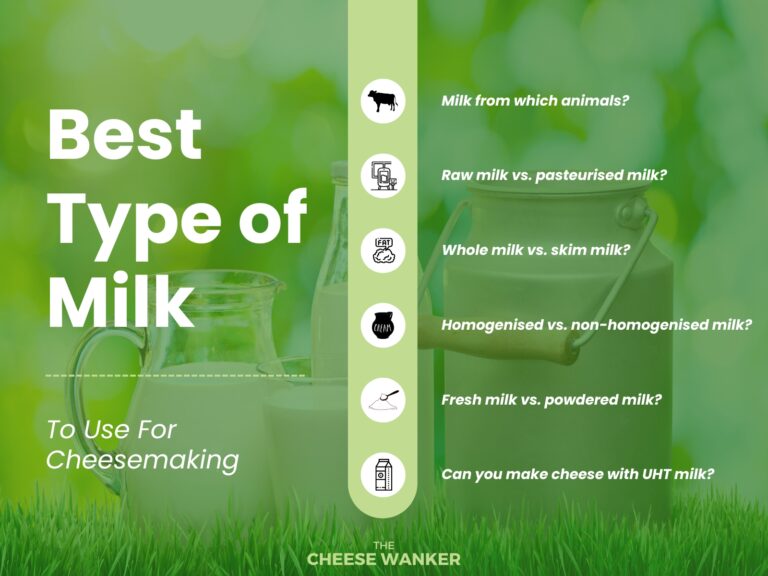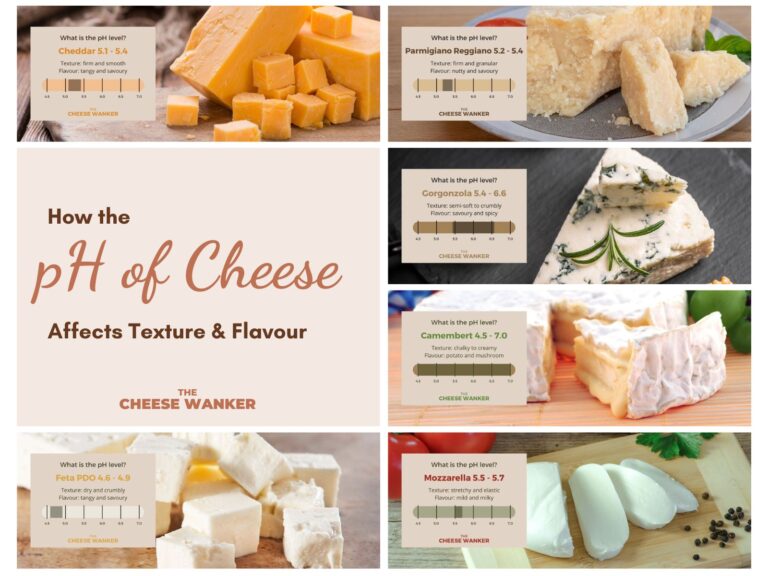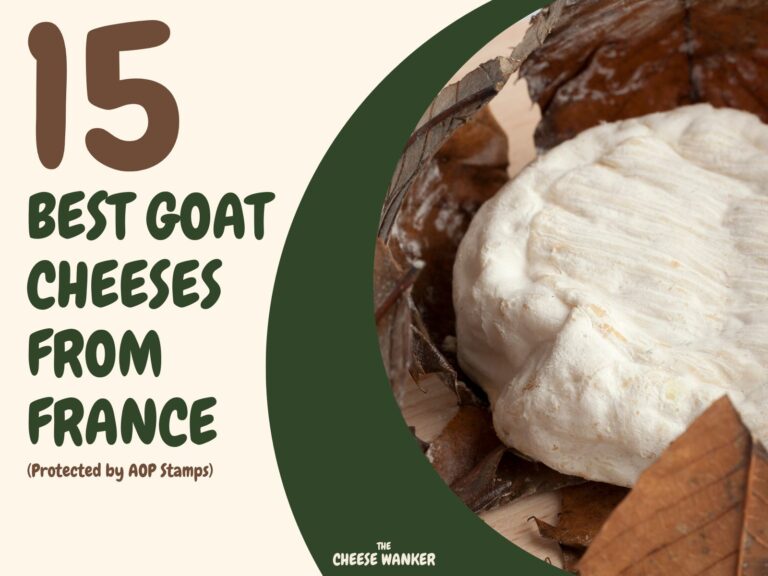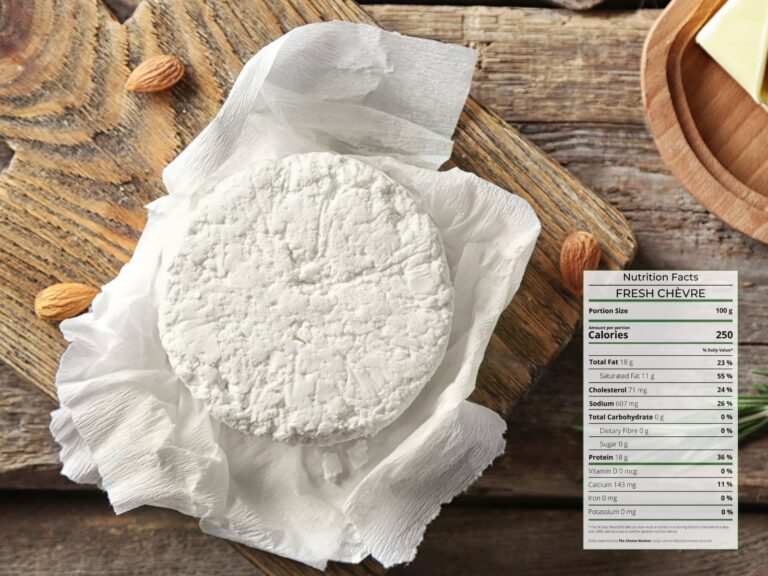If artisanal cheese is your jam, you will have undoubtedly encountered a number of cheeses that have ash either on them or in them. Whilst it is obvious that the ash is safe to eat, what is its actual purpose? Let’s have a look at some of the reasons why ash is used in cheesemaking.
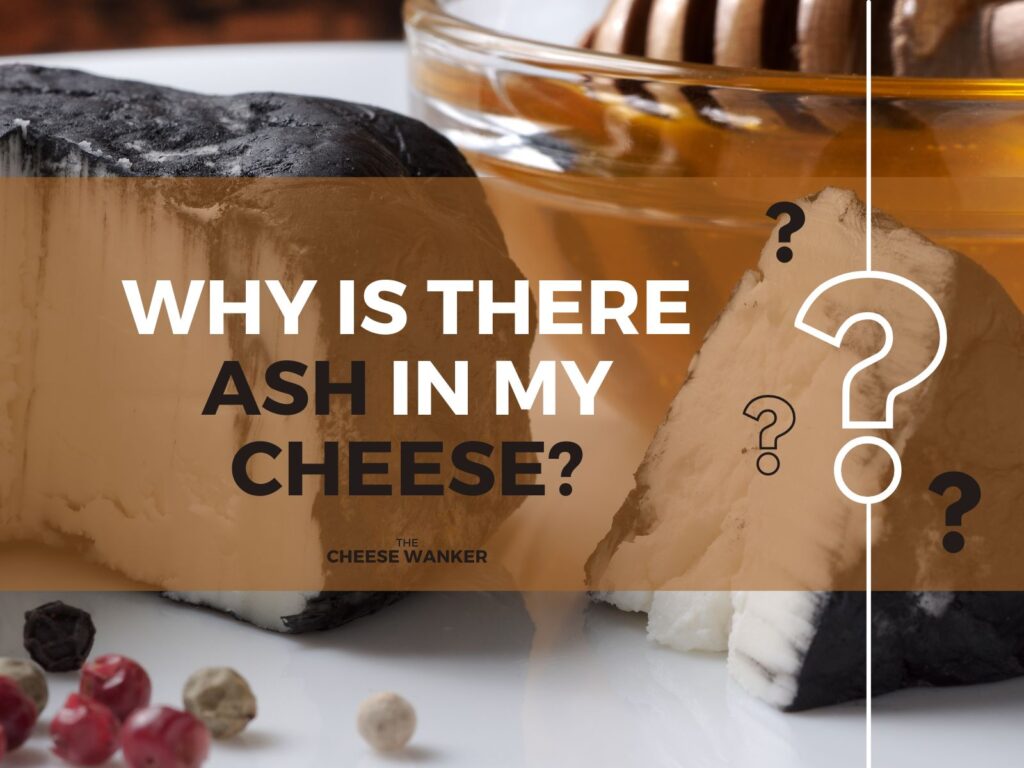
SEE ALSO: What does goat cheese actually taste like? →
A brief history of ash
Ash has been used in cheesemaking in France since ancestral times. Back in the day, cheesemakers would add ash (from burned wood that was used to heat the milk) to cheese mostly for protection. In fact, the ash would serve to keep the flies away.
Actually, this practice is responsible for the unique appearance of one of France’s most famous mountain cheeses, Morbier.
A tradition from the Jura Mountains
Morbier is a traditional pressed cheese that originates from the Jura Mountains of France. It finds its roots in the 19th century. In a region that is famous for Comté, farmers would struggle to get their milk to the local dairies in the cold winter months. Effectively, this encouraged them to start making their own wheels of cheese.
Ash for protection
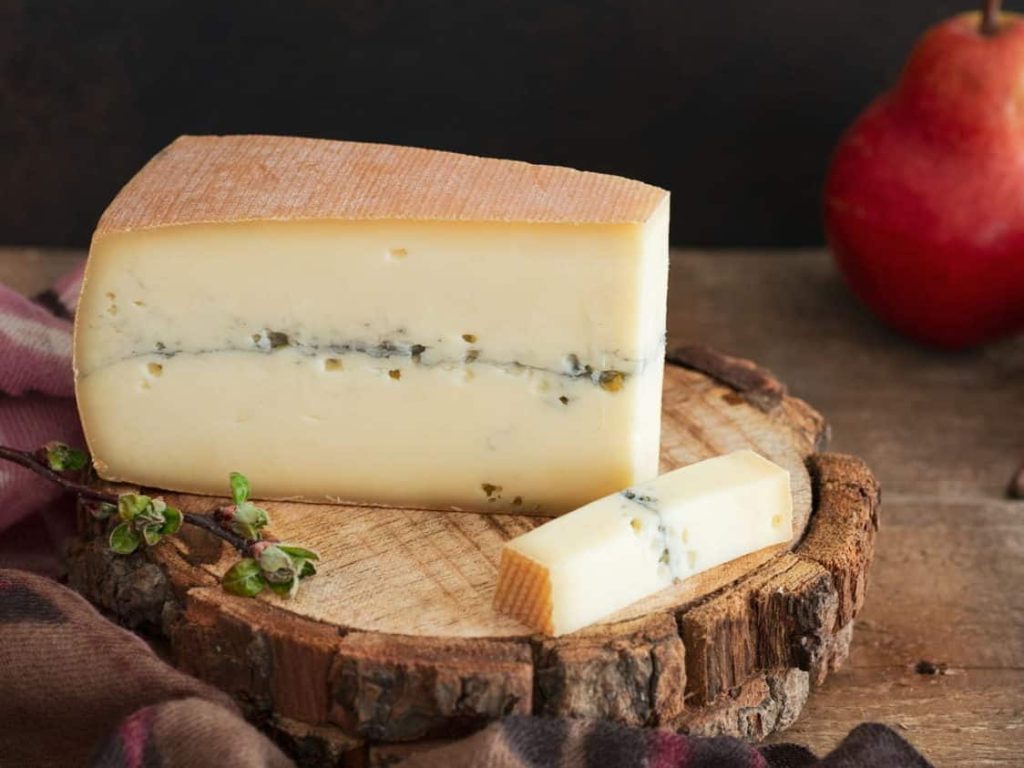
Since the cheesemakers had less milk at their disposal, they chose to make smaller wheels of cheese. Folklore has it that they would use the takings from their morning milking to make a small disc of curds that they would then cover in ash. The primary purpose of this layer of ash was to keep the insects away from the cheese.
Two batches of milk
In the afternoon, they would use their second batch of milk to make another disc of curds that they would then place above the line of ash into the cheese moulds. Hence was born the famous semi-hard cheese with a line of ash through its middle.
Two centuries later and cheesemakers still make Morbier with a line of ash through. These days, the cheese is made in one single batch but ash is still added in the middle because it has become synonymous with the cheese.
Transitioning to vegetable ash
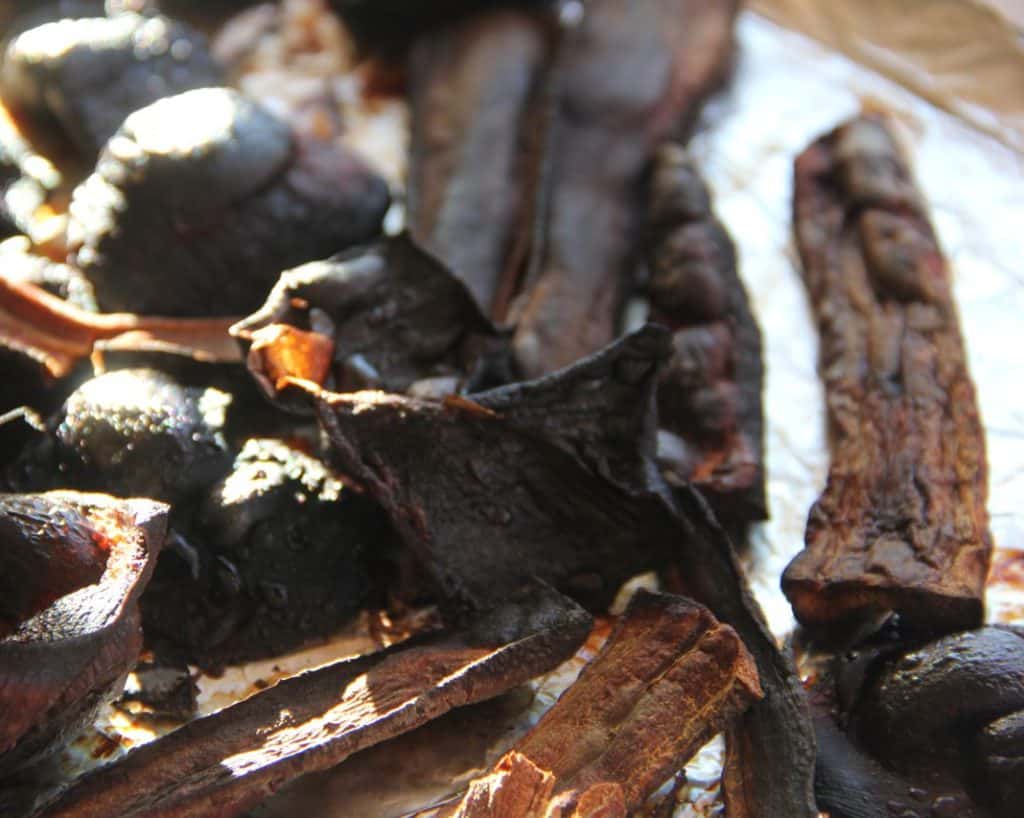
Nowadays, most of the ash used in cheesemaking is actually vegetable ash that has been made from charred vegetables and ground into a fine powder. Even though vegetable ash is odourless and tasteless, it plays an important role in the making and maturation of cheese.
Moisture and pH
Firstly, it reduces the moisture content on the surface of the wheels and rounds of cheese. Moreover, being slightly alkaline, it also slightly raises the pH of the cheese to make it less acidic. Those two effects combined create the perfect environment for faster and more effective rind development of the cheese.
The masterpiece from Venice
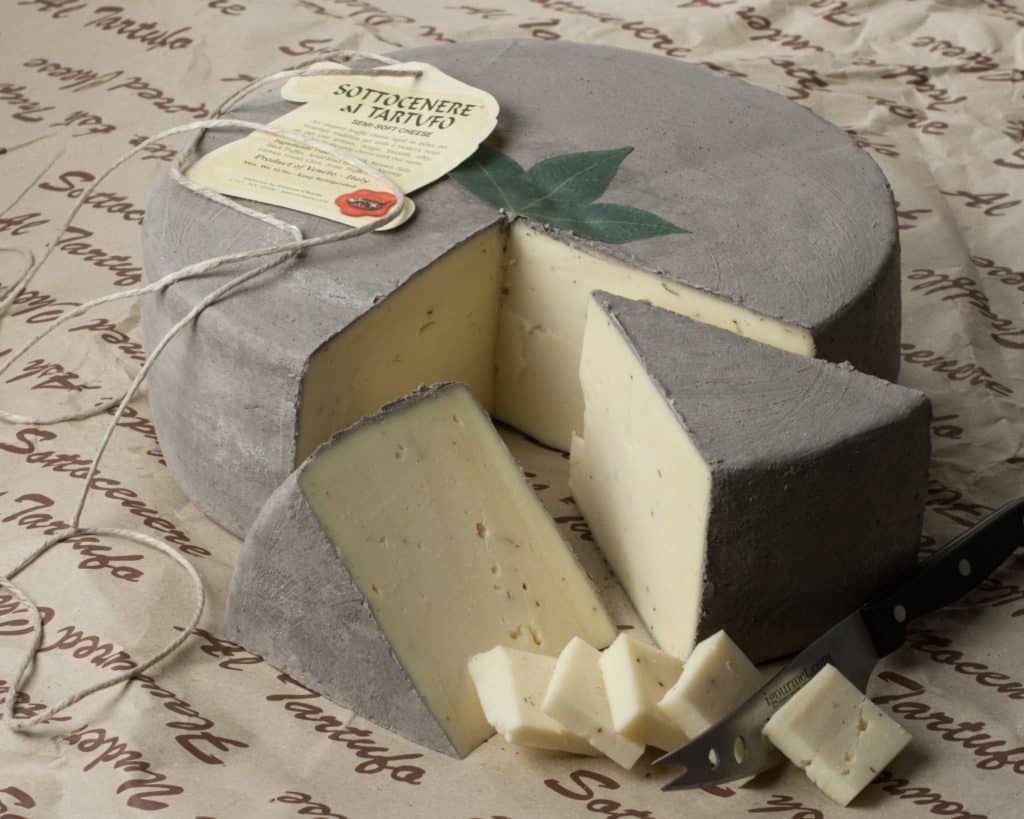
One of the most stunning examples of what ash can do for the rind of a cheese is Sottocenere. This semi-hard cheese originates from Venice. It is made with pasteurised cow’s milk and truffle oil. The ash that is added to its surface speeds up the rind growth and preserves its unique umami flavours during the maturation period that can last up to six months.
The end result is one of the most stunning rinds you will find on cheese made anywhere in the world. And the flavour is not too bad either.
Goat’s cheese from the Loire Valley
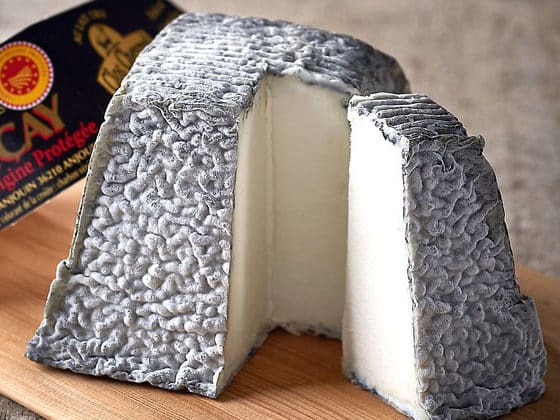
Furthermore, ash contributes to mould growth on the surface of soft cheeses. Cheesemakers in France’s Loire Valley specialise in making goat’s milk cheeses. Actually, 60% of France’s AOP goat’s milk cheeses are made in this region.
Valençay, Sainte-Maure-de-Touraine and Selles-sur-Cher are three stunning examples of soft to semi-soft local cheeses that are covered in ash.
Wrinkly Geotrichum rinds
Another thing they have in common is a wrinkly rind caused by the mould Geotrichum candidum. Whilst this mould would eventually grow on a bare goat’s milk cheese, the addition of ash and salt on the surface significantly speed up this process.
And, as an added bonus, the contrast of ash black with the pristine white of the cheese is quite stunning wouldn’t you say?
The Original American Original®
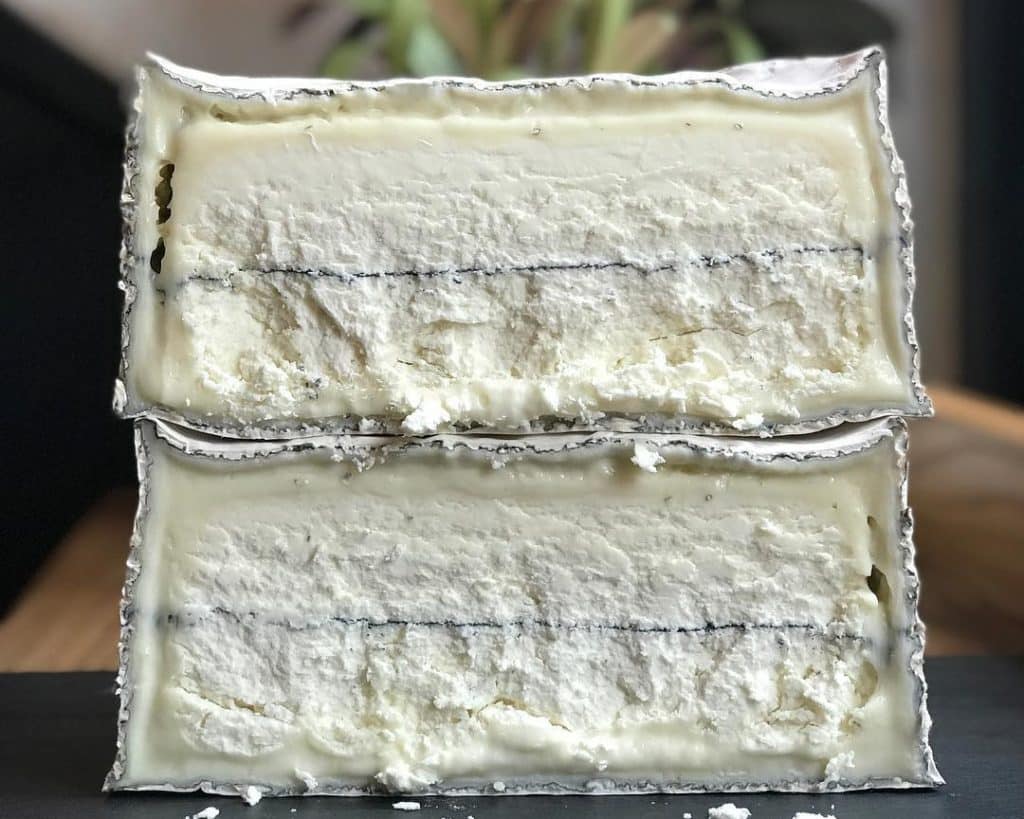
Over the last 20-30 years, the use of ash in cheese has spread across the world to New World cheese regions such as California and South Australia.
The most stunning example in the US has to be Humboldt Fog, the Original American Original®. This gorgeous soft-ripened goat’s milk cheese by Cypress Grove revolutionised the industry in the US and helped popularise goat cheese.
An aesthetic contribution
Whilst the ash makes purely an aesthetic contribution, there’s no denying that it takes the cheese to another level. So, now you know why there is ash some cheeses. What’s your favourite ashed cheese? Drop us a comment below.
